What is Fogo process? How does it contribute to local level developments?
I have been talking about participatory video since my first blog. In this blog, lets talk about its inception and how it has changed development approaches. Don Snowden, a Canadian, is the first to use media as a tool to enable a people-centered community development approach. According to ‘Insight Into Participatory Video,’ a handbook by Nick and Chris Lunch, Don introduced this method in 1967 with a small fishing community on Fogo islands about their problems. The video made by the members of local community was shown to the policymakers who were too busy to visit the island. The impact of the video brought positive results; it became instrumental to changed government policies and actions. This technique of Don Snowden became popular as ‘Fogo process.’ He practiced this method all over the world throughout his life.
Now the Fogo process is popular as participatory video and is practiced all over the world. It has been applied in many different situations, from advocacy and enabling greater participation in development projects, to providing a therapeutic and communicative environment for the mentally ill or disempowered. Thus, the scope of participatory video is very much in different fields and situations. In addition, it is probably one of the best methods to reach unreached and explore them by their own eyes and ideas. Participatory video gives a voice to the voiceless and a face to faceless.
There is not definite rule or Mantra for enabling Fogo process. Looking at the practices done all over the world, the process has been modified according to the time and situations. This method varies from practitioner to practitioner too; some choosing to keep the process more open, and others preferring to guide the subjects more, or even to wield the camera themselves. There is no fixed way in which participatory video has to be carried out. But it surely involves the authorship of the group itself and that it be carried out in a truly participative and democratic way. Thus, this quality of flexibility enables participatory video to be applied to different situations. According to the Professor Paul Cooke, Centre for World Cinemas and Digital Cultures who is currently leading the team CARAN (Community Arts Against Antibiotic Resistance in Nepal), the community would define how they wanted to engage with the topic and this would change with each group we worked with. In case of this project CARAN, it will provide a way of engaging communities on their own terms, while also ensuring that the project is rooted in an understanding of the facts about ABR. There would be little need for a detailed ‘manual’ and the project would develop iteratively in response to the creative direction the groups wished to go in.
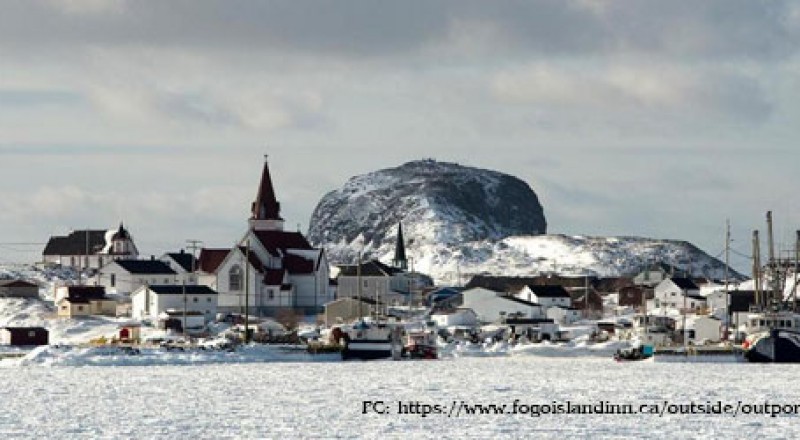
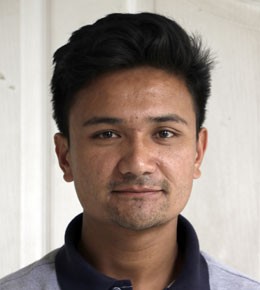

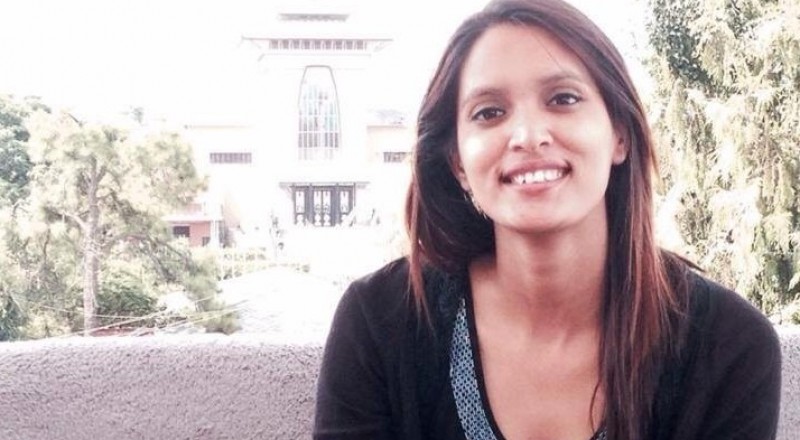




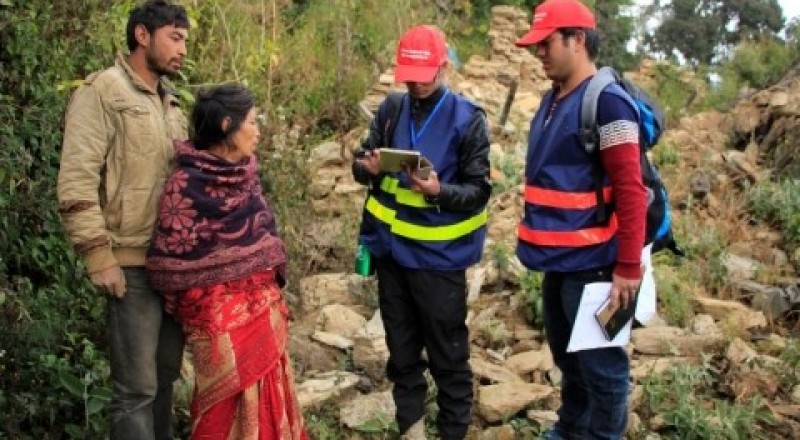
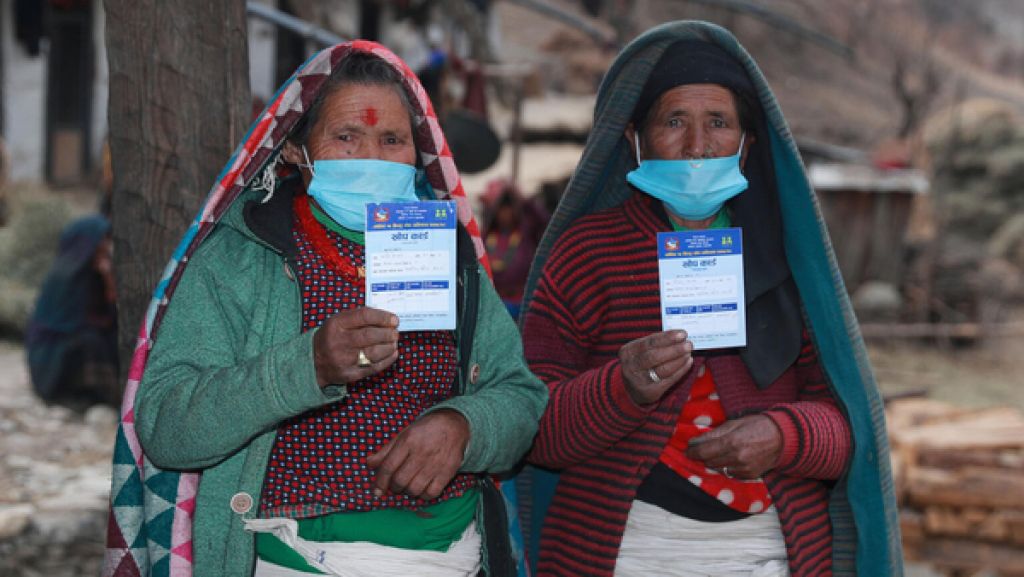
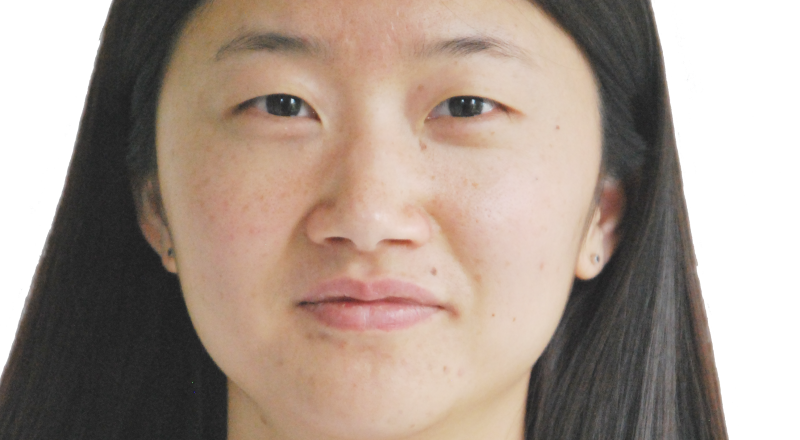

Comments (0)
No comments found.